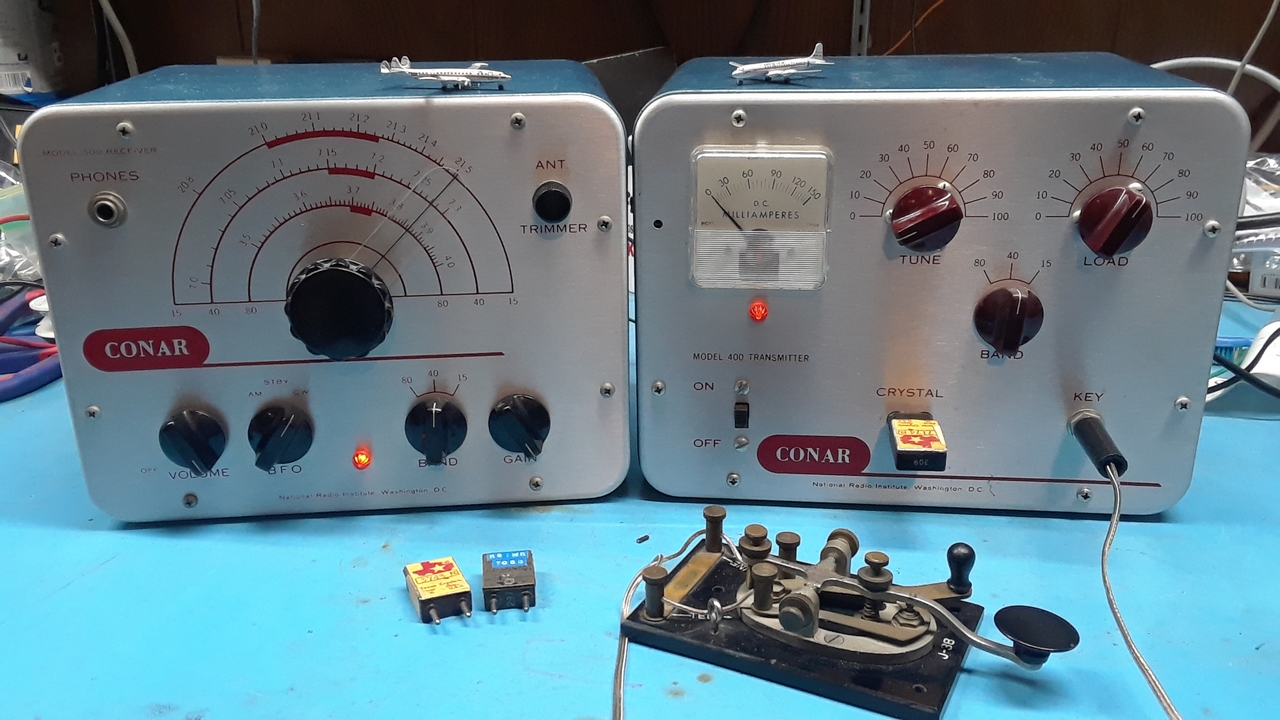

|
One of the side benefits for me of our club handling estate sales is that some interesting radios come across my bench for checkout and testing. In 2022 I was delighted to find the Conar twins on my bench! More so, I was stunned at the fantastic condition they were in! It was almost like they were built yesterday! And they worked!
Conar, a division of the National Radio Institute (NRI), offered the Conar 400 and 500 in the early 1960s. Here's the advertisement in the 1965 ARRL handbook. The radios were primarily offered in kit form to be used as educational tools to learn radio servicing but they could also be purchased fully assembled. From the the first page of the Conar 400 transmitter manual: "By the time you have received this kit you may already have taken and passed your Novice Class examination. If so, you will want to build the transmitter as soon as possible, in order to get on the air when you have your license and call letters" In 1964, one of our club members Craig WA1HEW (then WN1EXC ) of York PA, his dad Bob (WN1EXB) and brother Keith (WN1EXD) lived in Naugatuck CT. Craig shared their experience with the Conar 400 with me: |
|
"When my eyes gazed over the gear being handled for the family of a local silent key, I was immediately drawn to the Conar twins.
The transmitter was the first radio that my dad, brother, and I had when we were first licensed in June 1964. Shortly after the three of us got our novice licenses, Dad bought a new already built Conar transmitter. We were thrilled. My brother and I were 14 and 12 at the time. Dad put up dipole and borrowed a Hallicrafters SX-110 from a local ham friend. We used a couple of borrowed crystals and we were in business. We shared the machine but my dad and I got the most air time. We had no trouble tuning the grid and plate. In all fairness we did get a couple OO reports for chirp. I think the answer was adding a capacitor across the straight key terminals. The Conar served us well till we passed our Generals in the fall of 1965 and we traveled to "Radio Row" in New York City and dad purchased a new Swan 350 transceiver at Harrison Radio. I can remember that day like it was yesterday. Mark..not a lot of specific memories of the Conar other than we got hours and hours of rookie ham experience with it as 3 fresh out of the box hams in 1964." WN1EXB. WN1EXC and WN1EXD. |
| Here's the advertisement for Harrison Radio from my 1966 ARRL Handbook. This is what Craig, his dad, and brother saw on their 1965 trip to that now long gone store! |
Conar 400 TransmitterThe Conar 400 is a "bare bones" design. It uses a single 6DQ6B Pentode employed as a powered oscillator. This tube was originally designed to be used as a horizontal deflection amplifier in TV receivers. Power input is about 25W with 80-90 mA on the meter. The actual plate current is less than the current indicated on the meter as the meter is located in the cathode circuit. Here's a copy of the Conar 400 manual |


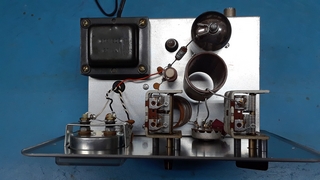
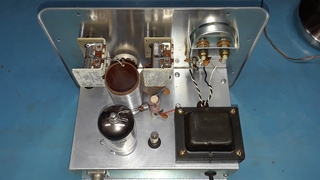
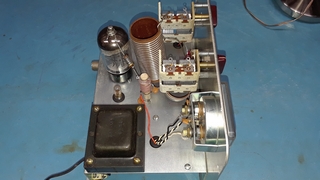
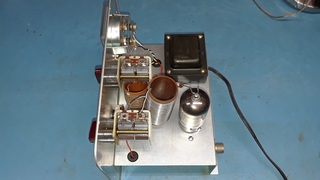
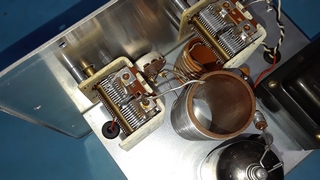

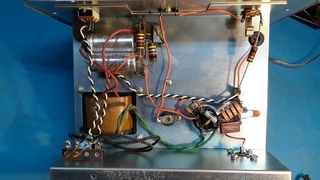
Transmitter Testing |
|
|
|
|
| I wasn't too surprised to find that the power output was virtually zero when I used crystals for the modern CW band segments used by the vintage radio folks. Power output was much better using crystals for the old Novice bands. A fresh alignment may help on 40M to get good power output between 7100 and 7150, but I'm doubtful about this for 80 and 15 meters without component changes. |
Conar 500 ReceiverThe Conar 500 is a 4 tube design employing 2 stages of IF amplification. The tube lineup is as follows:
V1 - 6BE6 Converter (Mixer for the Local Oscillator (LO) and incoming signal)
Here's a copy of the Conar 500 manual |
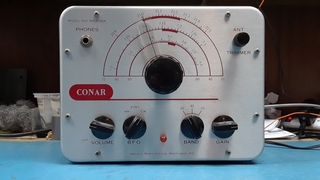
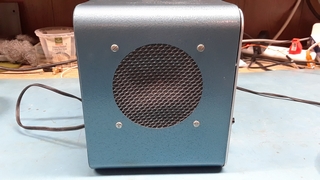

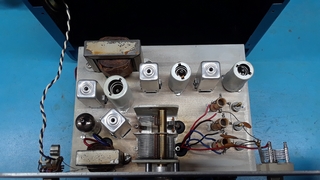
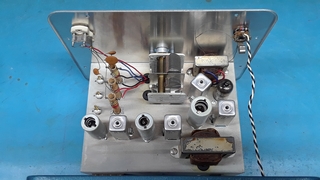

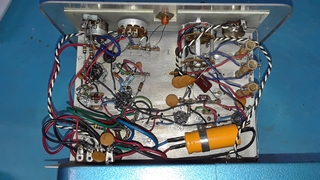
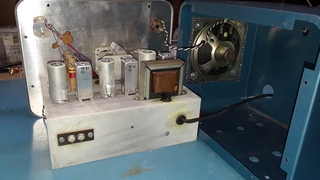
Receiver Testing Videos |
|
|
|
|
|
|
|
Copyright (c) Mark S. Bell 2022